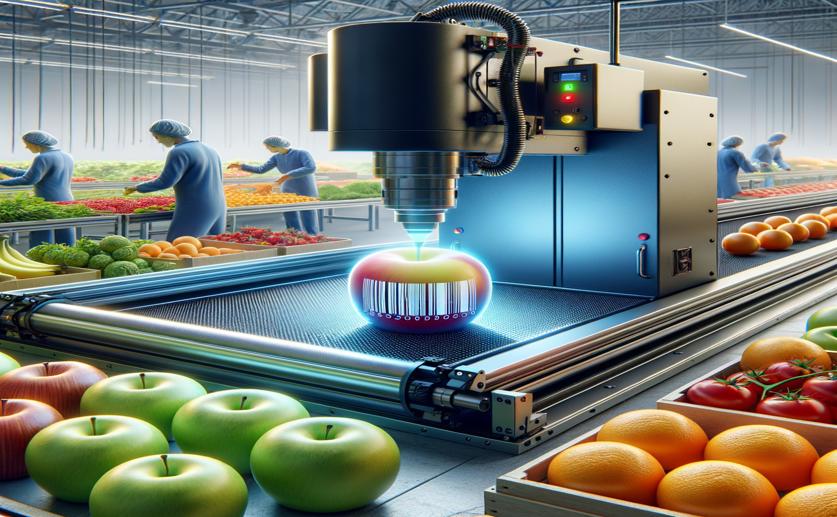
Using CO2 Lasers to Label Fresh Produce: Impact on Quality, Safety, and Cost
Jenn Hoskins
19th July, 2024

Image Source: Natural Science News, 2024
Key Findings
- The study by Kansas State University evaluated CO2 laser-labeling technology (LLT) on 'Red Delicious' apple, green bell pepper, and cucumber
- Laser-engraved produce experienced higher fresh weight loss compared to untreated produce
- There was no observable difference in visual quality between laser-labeled and untreated produce
- Text-labeled produce had higher E. coli contamination than untreated produce, while QR-coded produce had similar contamination levels to controls
AgricultureEnvironmentSustainability
References
Main Study
1) CO2 Laser-labeling on Fresh Produce: Evaluating Postharvest Quality, Microbial Safety, and Economic Analysis.
Published 16th July, 2024
https://doi.org/10.1016/j.jfp.2024.100329
Related Studies
2) Fresh fruit and vegetables as vehicles for the transmission of human pathogens.
3) Effect of storage temperature on survival and growth of foodborne pathogens on whole, damaged, and internally inoculated jalapeños (Capsicum annuum var. annuum).
4) Analysis of foodborne outbreak data reported internationally for source attribution.



 12th July, 2024 | Greg Howard
12th July, 2024 | Greg Howard